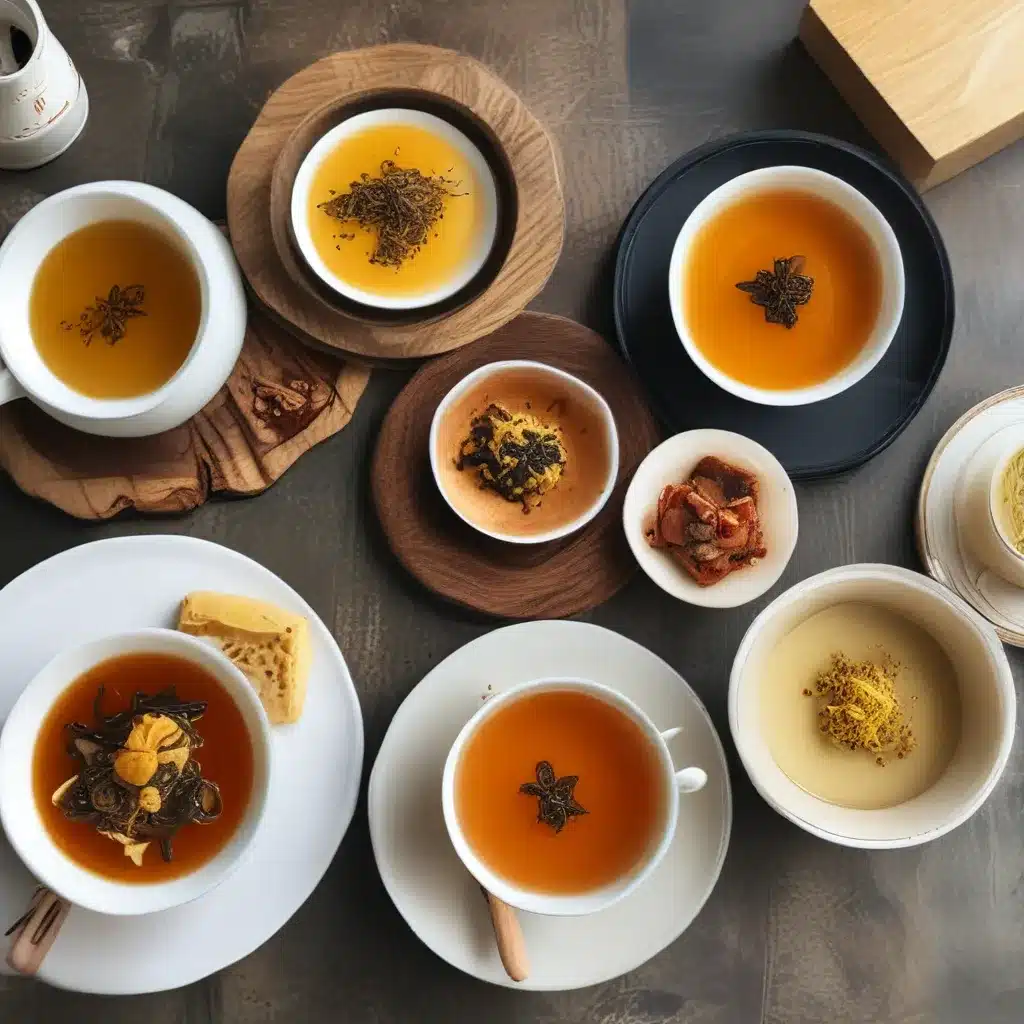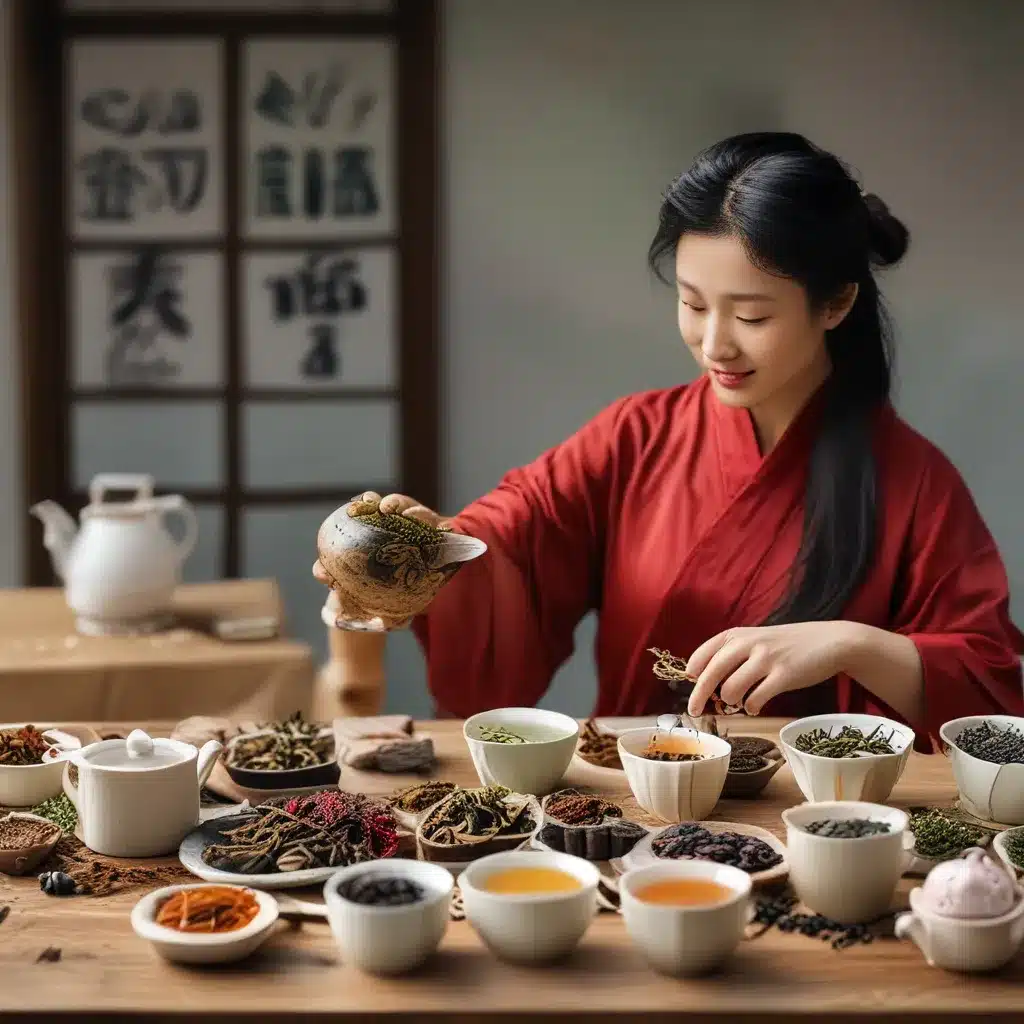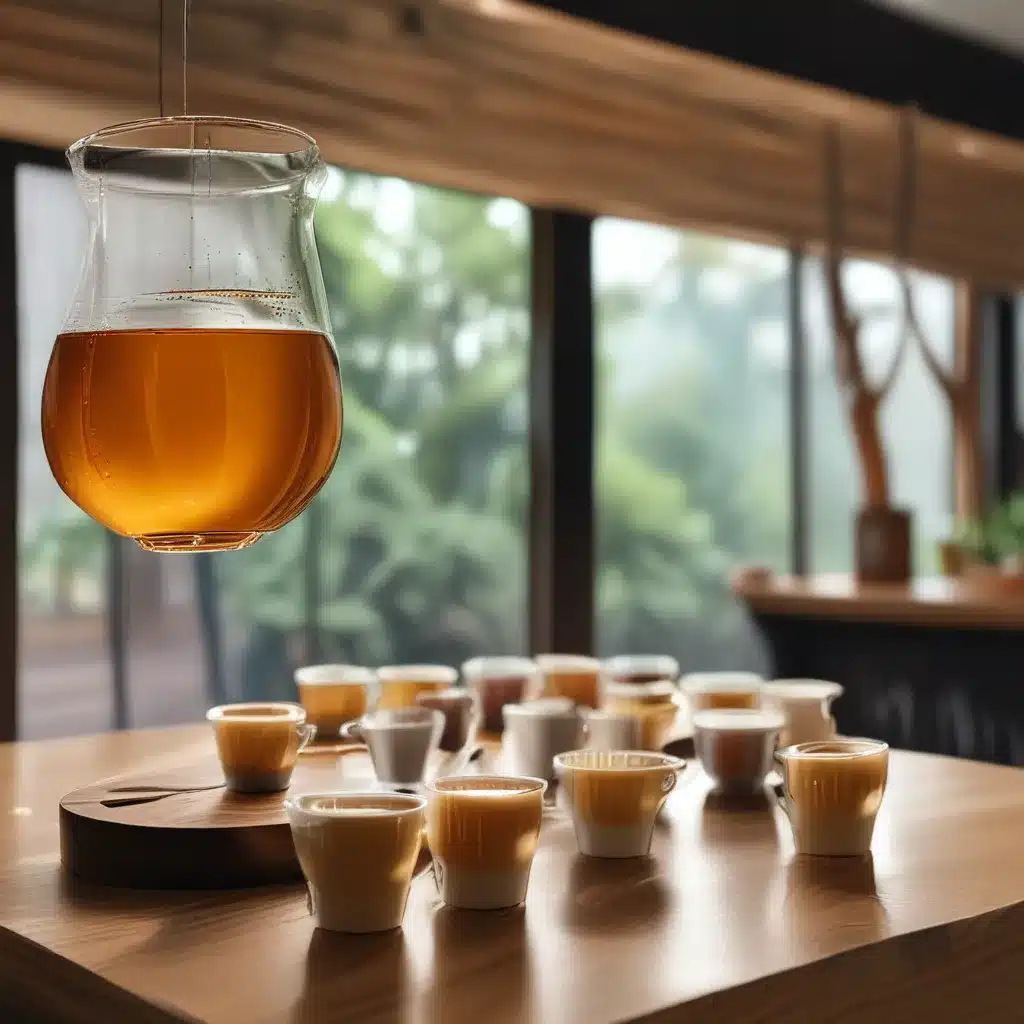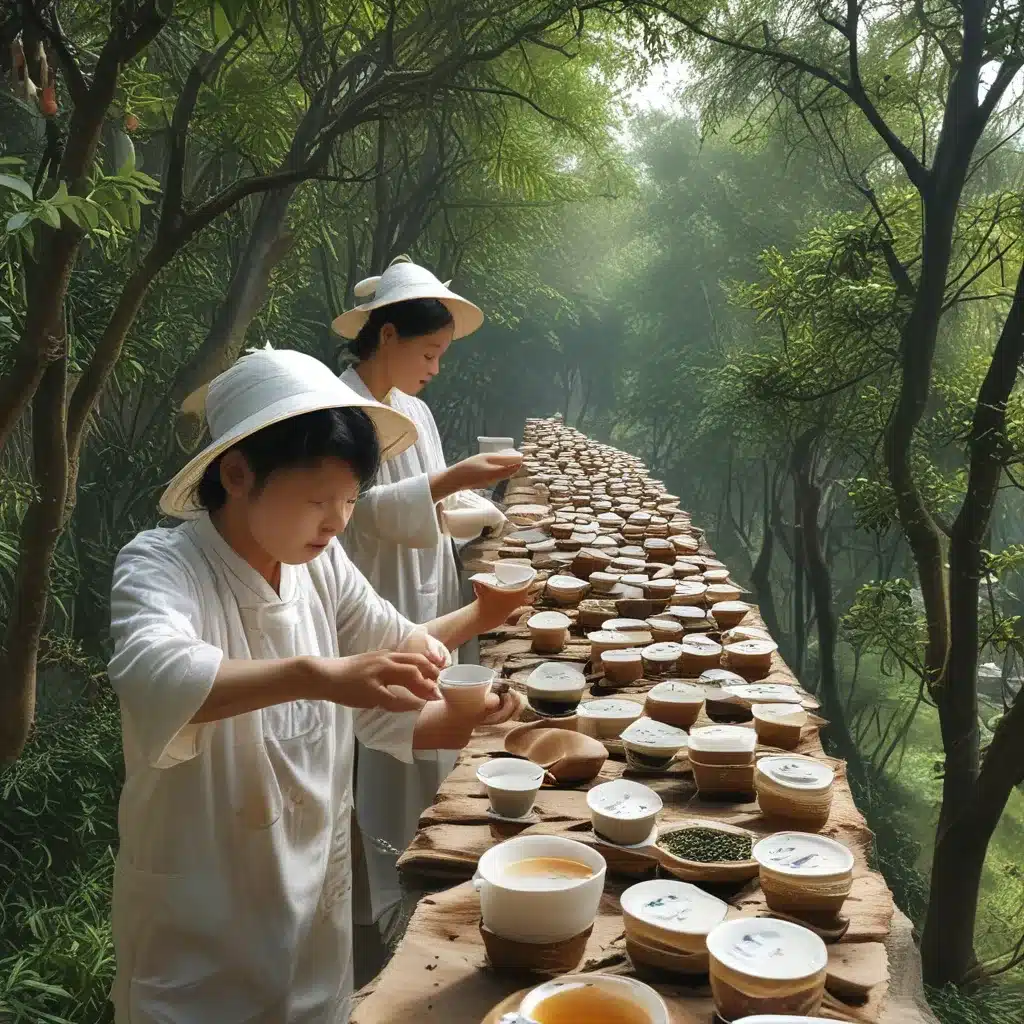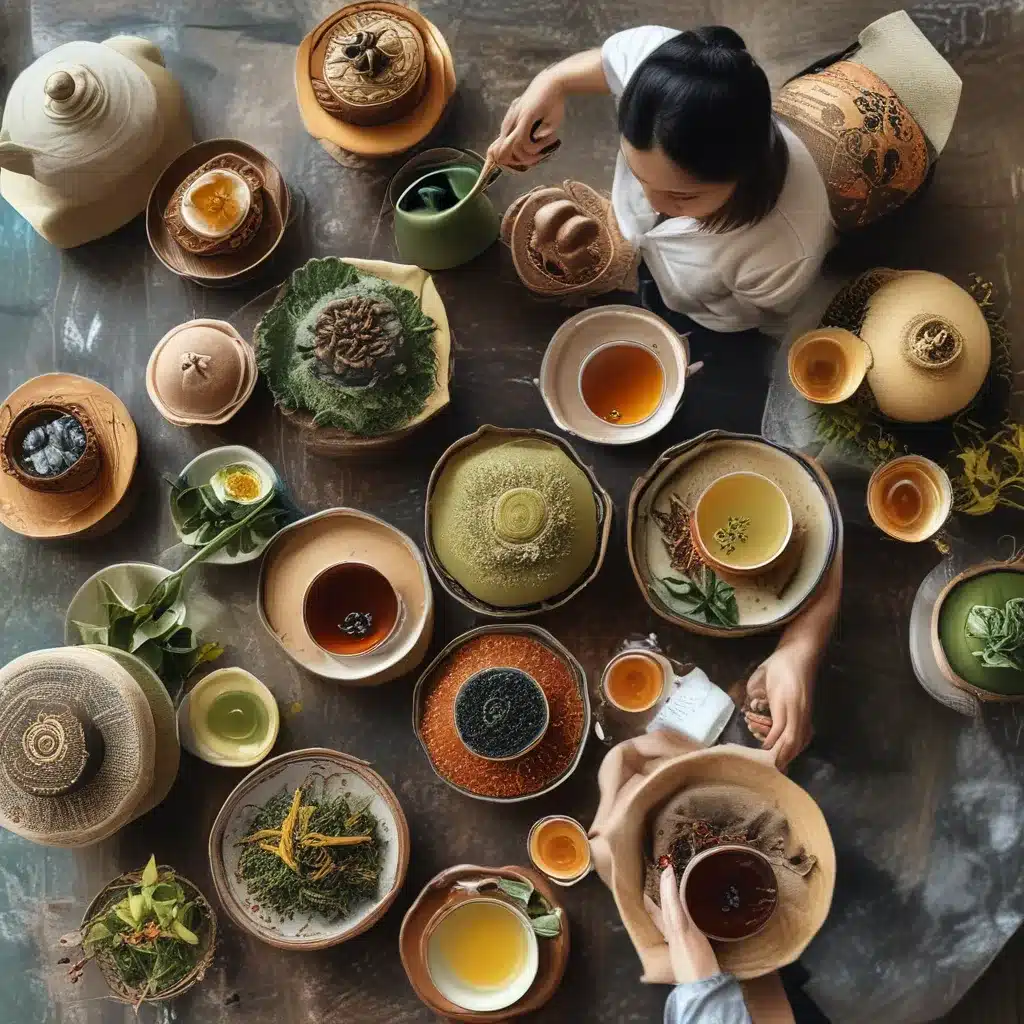
Stepping into the Heart of Shanghai’s Culinary Legacy
As I stepped through the grand, columned entrance of the Waldorf Astoria Shanghai on the Bund, the weight of history and tradition seemed to envelop me. This iconic hotel, once home to the renowned Shanghai Club, now stood as a testament to the city’s enduring culinary heritage. I couldn’t help but feel a sense of excitement and anticipation, for I was about to embark on a journey through the timeless traditions of Shanghai dining.
A Harmonious Blend of Old and New
The Waldorf Astoria Shanghai on the Bund seamlessly blends the old and the new, much like the city’s culinary landscape. In the elegant dining room of the hotel’s signature restaurant, Wei Jing Ge, I was greeted by a menu that paid homage to the city’s Shanghainese, Cantonese, and Huai Yang cuisines. As I perused the offerings, I couldn’t help but marvel at the intricate balance of flavors and textures that defined these time-honored culinary traditions.
Savoring the Essence of Shanghainese Cuisine
The Shanghainese dishes on the menu were a true revelation. From the delicate shrimp dumplings to the melt-in-your-mouth steamed pork buns, each bite transported me to the bustling streets of old Shanghai. The pan-fried wagyu beef with mushrooms, in particular, was a masterful interplay of rich, umami notes and tender, succulent texture. It was a testament to the city’s enduring love for bold, flavorful dishes that strike a perfect balance between indulgence and elegance.
Embracing the Refined Elegance of Cantonese Cuisine
Alongside the Shanghainese offerings, the menu at Wei Jing Ge also showcased the refined elegance of Cantonese cuisine. The wok-fried Boston lobster with scallions, for instance, was a study in simplicity and sophistication, allowing the natural sweetness of the seafood to shine. The fried grouper with vegetables, meanwhile, demonstrated the Cantonese penchant for highlighting the inherent flavors of the ingredients, with each component harmoniously complementing the others.
Discovering the Nuances of Huai Yang Cuisine
But the culinary journey didn’t end there. The Huai Yang dishes on the menu offered a glimpse into the lesser-known yet equally captivating culinary traditions of the Jiangsu province. The honey-glazed barbecue pork, with its perfect balance of savory, sweet, and smoky notes, was a true revelation. It was a reminder that the culinary tapestry of Shanghai is woven with the rich and diverse threads of the surrounding regions.
Celebrating the Lunar New Year in Shanghai Style
As the Lunar New Year approached, the air in Shanghai was thick with anticipation and celebration. The city’s streets were adorned with vibrant red lanterns, and the sound of firecrackers and lion dances filled the air. It was the perfect time to immerse myself in the timeless traditions of Shanghai dining.
Indulging in Time-Honored Lunar New Year Delicacies
At the Waldorf Astoria Shanghai on the Bund, the chefs had crafted special Lunar New Year menus that celebrated the city’s culinary heritage. The rice dumplings, with their chewy, glutinous texture and subtly sweet filling, were a nod to the beloved tangyuan, a staple of the Lunar New Year celebrations. The new year cakes, or nian gao, with their sticky-sweet goodness, were a symbolic offering for a prosperous year ahead.
Embracing the Spirit of Renewal and Prosperity
But the celebrations extended far beyond the confines of the hotel. At the Longhua Temple, I witnessed the grand spectacle of over 100 Buddhist monks climbing the pagoda and striking the bell at midnight, ushering in the new year with a sense of reverence and renewal. The Yu Gardens Lantern Festival, with its vibrant displays and captivating lion and dragon dances, was a dazzling reminder of the city’s enduring spirit of celebration and community.
Connecting with the Authentic Flavors of Shanghai
As I strolled through the bustling streets of Shanghai, I couldn’t help but be struck by the city’s unparalleled ability to seamlessly blend the old and the new. At every turn, I encountered eateries and street vendors that seemed to have been plucked straight from the pages of history, offering a glimpse into the city’s culinary past.
Discovering the Treasure Trove of Neighborhood Eateries
From the humble xiaolongbao (soup dumplings) stalls to the family-owned restaurants serving up generations-old recipes, the hidden gems of Shanghai’s dining scene were a true delight to uncover. I found myself drawn to the backstreets and alleyways, where the aroma of sizzling oils and fragrant spices beckoned me to explore the authentic flavors that defined the city’s culinary heritage.
Connecting with the Purveyors of Tradition
In these unassuming establishments, I had the privilege of speaking with the passionate chefs and restaurateurs who were the guardians of Shanghai’s culinary legacy. Their stories of family traditions, hand-me-down recipes, and unwavering dedication to quality inspired me, reminding me that the true essence of Shanghai dining was not just about the food, but the deep-rooted connections that sustained it.
Embracing the Future of Shanghai Cuisine
As I reflect on my journey through the timeless traditions of Shanghai dining, I can’t help but feel a profound sense of optimism for the future. The city’s culinary landscape is not merely a relic of the past, but a living, breathing testament to the enduring power of tradition and the endless possibilities of innovation.
Honoring the Past, Embracing the Future
At the One Dragon Restaurant, I witnessed this delicate balance in action. The restaurant, with its sleek, modern design and impeccable service, paid homage to the city’s culinary heritage while seamlessly incorporating cutting-edge techniques and contemporary influences. The result was a dining experience that was both deeply rooted in tradition and effortlessly progressive, a true embodiment of Shanghai’s culinary evolution.
Cultivating a New Generation of Culinary Custodians
As I spoke with the chefs and owners of One Dragon, I was struck by their unwavering commitment to preserving the essence of Shanghai’s culinary legacy while exploring new avenues of creativity and innovation. They understood that the true strength of this tradition lay not in rigid adherence to the past, but in the ability to adapt, evolve, and inspire the next generation of culinary custodians.
Conclusion: A Gastronomic Journey for the Ages
As I bid farewell to Shanghai, I couldn’t help but feel a deep sense of gratitude and awe for the city’s unparalleled culinary tradition. From the grand halls of the Waldorf Astoria to the bustling backstreets, I had borne witness to a tapestry of flavors and stories that wove together the past, present, and future of Shanghai dining.
This was more than just a gastronomic journey; it was a celebration of the human spirit, of the unwavering dedication and creativity that had sustained this culinary legacy through the ages. And as I looked forward to the future, I knew that the timeless traditions of Shanghai dining would continue to captivate and inspire, for they were the heartbeat of a city that had always dared to dream.

